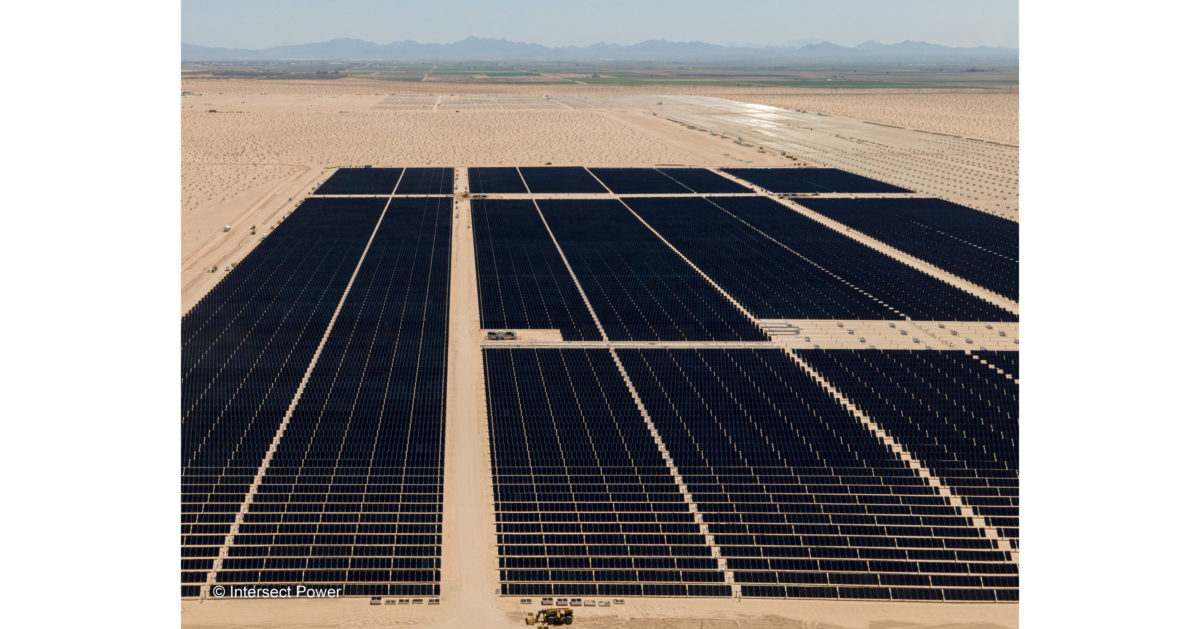California’s grid operator CAISO has launched a stakeholder process to consider how to improve the interconnection process for utility-scale generation and storage, inviting comments on six straw proposal items it presented in an issue paper and straw proposal.
The national solar trade group SEIA and the California Energy Storage Alliance (CESA) proposed improved approaches to most of CAISO’s six proposed changes, while opposing others outright. Both groups said in opening comments that they favor transparency on available and planned transmission capacity. SEIA also favored application of readiness requirements for interconnection customers, rather than “prescriptive policies” that would limit new projects to areas with existing or planned transmission.
CESA and the California Community Choice Association (CalCCA) also provided alternative proposals, with CESA challenging CAISO’s conditions on alternatives.
CAISO said alternative proposals “must align with the principles” that CAISO stated in its issue paper and straw proposal. Two key principles, CAISO said, are that projects seeking to use available and planned transmission capacity must get priority, and that “even within zones that are a priority, the volume of interconnection requests receiving detailed study must be tempered.” CAISO’s six straw proposal items represent the grid operator’s proposed approach to meeting those principles.
CESA asked CAISO to clarify and refine its principles, which CESA said were “interpreted as CAISO setting a goal to reduce the number” of interconnection applications.
CESA said CAISO’s focus should be on ensuring “high-quality and viable” applications, as well as solutions to “more quickly and efficiently process a high number of applications.” CAISO could “look to best practices” of other grid operators, CESA said, on how they are processing “high volumes” of applications, such as automated validation of an interconnection request, a pre-study or feasibility study prior to CAISO’s Phase I study, and “leveraging outside consultants and engineers such as those from the project developer” to complete certain study steps. The last point could address CAISO’s expressed concern that “few experts are available to hire” who can conduct interconnection studies for utility-scale projects.
The California Community Choice Association (CalCCA), which supports community choice aggregators that procure renewable power and generation, said the state’s pace of renewables deployment must increase to 7.3 GW per year through 2045 to meet the state’s renewables target, assuming straight-line growth.
To get there, CalCCA said that in addition to other enhancements, CAISO “should pursue adding new personnel” to conduct interconnection studies, or invest in automation or efficiency gains to accelerate the study process where possible. “It would be worth exploring increases to the grid management charge to accommodate these additions,” CalCCA said, “if it results in new resources coming online faster.”
Overall, 41 renewable energy providers, utilities and other stakeholders commented on CAISO’s straw proposals.
CAISO is currently conducting Phase II interconnection studies on 205 projects in its current cluster 14, including 38 GW of solar and 94 GW of storage projects, and totaling 66 GW of capacity at the point of interconnection. CAISO is scheduled to publish the studies by November 24. Under its straw proposal, CAISO has proposed to delay beginning its cluster 15 studies until April 2024.
CAISO expects to present to its board of governors its final proposal for an initial track of interconnection process changes in May, and for the second track of changes in December. CAISO board members are appointed by California’s governor.
This content is protected by copyright and may not be reused. If you want to cooperate with us and would like to reuse some of our content, please contact: editors@pv-magazine.com.








By submitting this form you agree to pv magazine using your data for the purposes of publishing your comment.
Your personal data will only be disclosed or otherwise transmitted to third parties for the purposes of spam filtering or if this is necessary for technical maintenance of the website. Any other transfer to third parties will not take place unless this is justified on the basis of applicable data protection regulations or if pv magazine is legally obliged to do so.
You may revoke this consent at any time with effect for the future, in which case your personal data will be deleted immediately. Otherwise, your data will be deleted if pv magazine has processed your request or the purpose of data storage is fulfilled.
Further information on data privacy can be found in our Data Protection Policy.